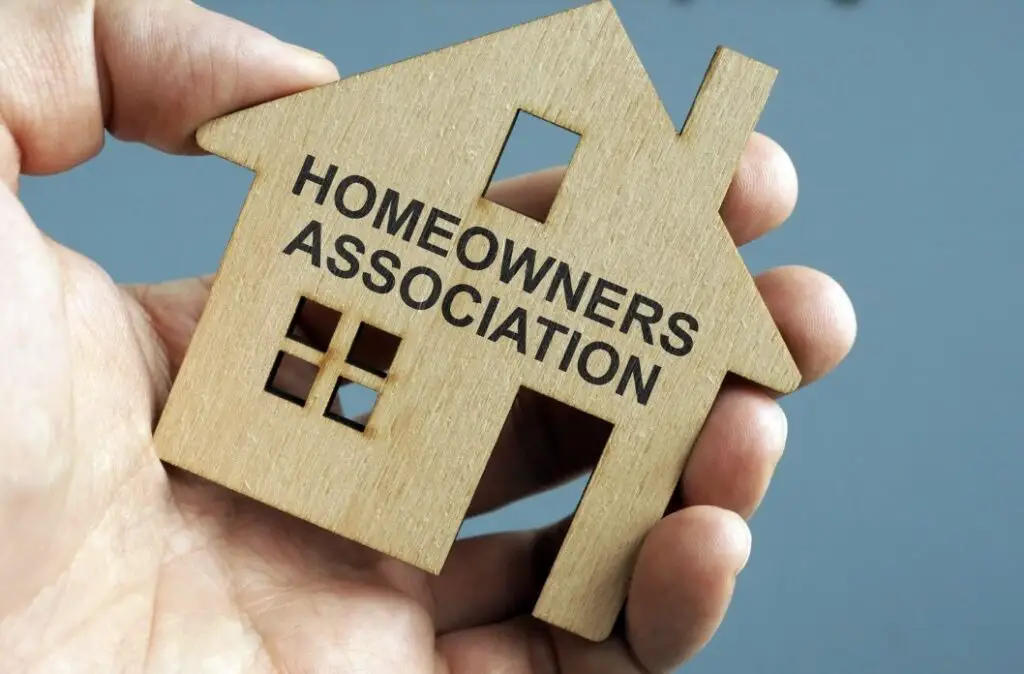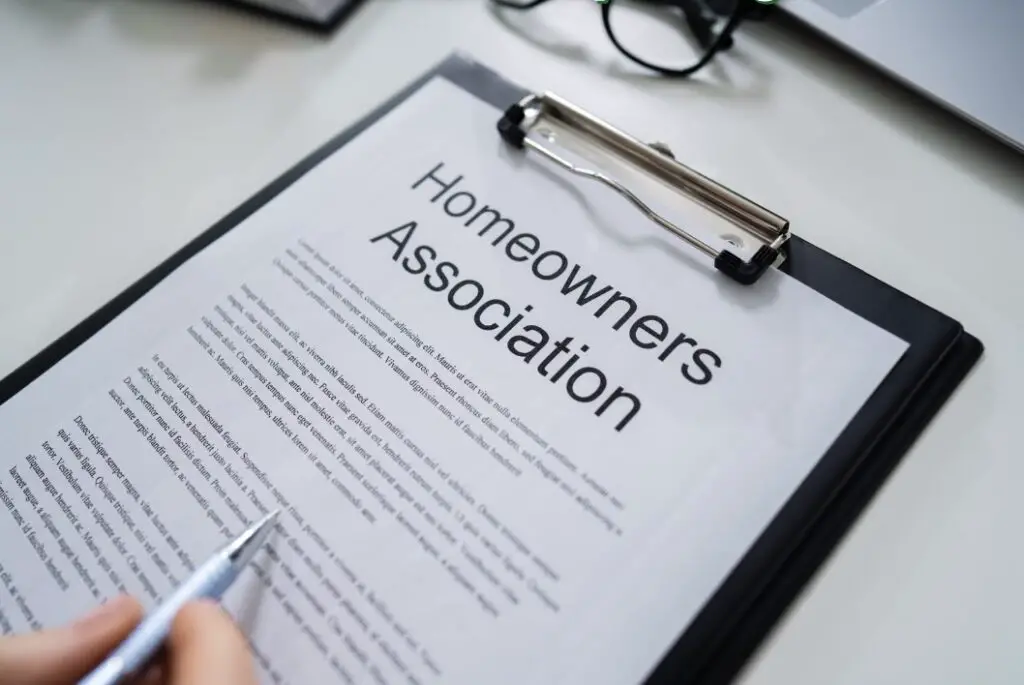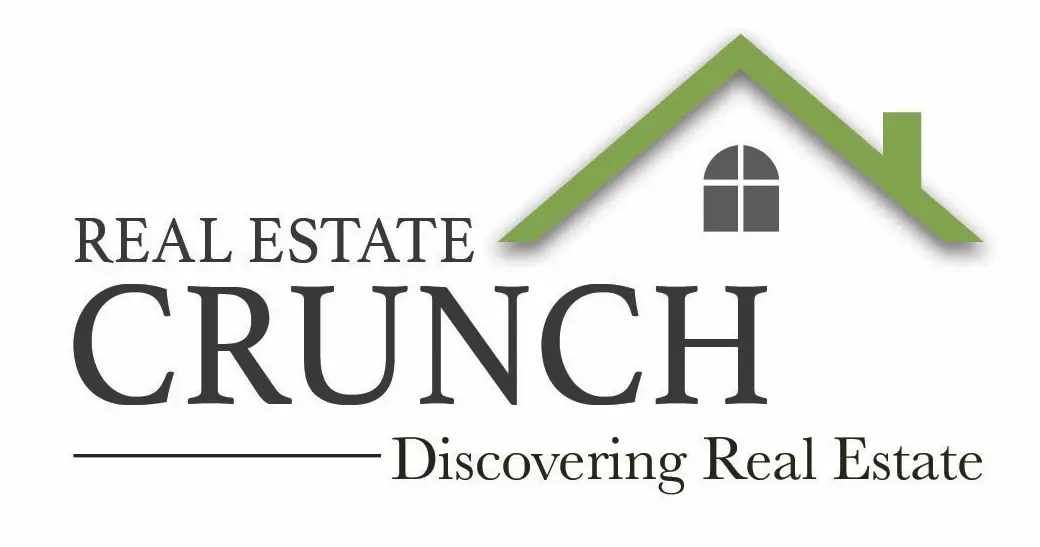When you’re looking to buy a property, one important factor to consider is the presence of HOA or Homeowners Association fees.
HOA or Homeowner Association fees are typically associated with gated communities, condos, or apartment buildings and can significantly impact monthly expenses and the overall cost of homeownership. Understanding HOA fees, what they cover, and how they have evolved is essential for making an informed decision when purchasing a property.
Table of Contents
- Defining HOA Fees
- What Do HOA Fees Cover?
- The History of HOA Fees
- Questions To Consider Before Buying A Property With HOA Fees
- Are HOA Fees Right For You?
- Related Questions
Defining HOA Fees
The term “homeowners association (HOA) fee” refers to a specific amount of money that residential property owners must pay to their homeowners associations regularly, usually monthly.
These fees are collected to assist the association with maintaining, managing, and improving the properties and common areas within the community.
HOA fees are almost always levied on condominium owners, but they can also apply in neighborhoods with single-family homes, particularly those with shared amenities or services.
Depending on the community, the fees are sometimes referred to as “common charges” or “maintenance charges. “
Homeowners associations (HOAs) are designed to set and enforce property rules within their jurisdiction.
These groups are typically established in planned communities, subdivisions, or condo buildings. Upon purchasing their homes, all property owners automatically become members of the association. Members are required to pay dues through monthly fees, known as homeowners association fees.

What Do HOA Fees Cover?
HOA fees primarily cover maintaining and improving the community’s shared spaces and services.
The exact expenses covered by these fees can vary widely depending on the specific community and its amenities, but they generally include:
Common Area Maintenance:
HOA fees typically cover the maintenance of shared spaces, such as lobbies, patios, hallways, and elevators in a condo building or landscaping, parks, and streets in a gated community.
Amenities:
If the community offers amenities like swimming pools, fitness centers, tennis courts, or clubhouses, the costs of maintaining these facilities are usually included in the HOA fees.
Utilities:
In some communities, HOA fees may also cover common utilities such as water, sewer, and garbage disposal services. This is more common in condominium buildings where certain utilities are shared among all residents.
Security:
In gated communities, HOA fees often pay for security services, including the employment of security guards, maintenance of security systems, and upkeep of gates or fencing.
Insurance:
The association may carry insurance covering common areas and buildings, funded through HOA fees. This insurance is separate from individual homeowners’ insurance policies.
Reserve Funds:
A portion of HOA fees is typically set aside in reserve funds, which cover significant repairs or emergency expenses, such as replacing a roof, repairing an elevator, or repaving a road.
Special Assessments:
Occasionally, the reserve funds may not be sufficient to cover a significant repair or unexpected expense. In these cases, the HOA may levy a special assessment, an additional fee charged to homeowners to fund these projects.

How Much Are HOA Fees?
HOA fees can vary dramatically depending on the property, location, and the range of services and amenities.
Fees can range from as low as $100 per month to as high as $1,000 or more. However, the average HOA fee typically exceeds $200 and $300 monthly. I have recently seen many condos or townhouses for sale with HOA fees as high as $700 to $800 monthly.
In general, the more services and amenities a community offers, the higher the HOA fees will be.
For example, a luxury condominium building with extensive amenities such as a pool, gym, and 24-hour security will likely have higher HOA fees than a more straightforward building with fewer services.
Some of these higher HOA fees may be due to luxury, but many may be that the association has hired a professional company to manage the property. Because of that, the fees are now high as everyone will need to pay for the property management company.

The History of HOA Fees
To fully understand the role and growth of HOA fees in the United States, it is helpful to look at their history. HOAs have evolved significantly over the past century, reflecting broader trends in suburban development and community planning.
The Early Days: 19th Century To 1950s
The concept of homeowners associations dates back to the mid-19th century when land developers in the United States began forming HOAs to help sell their homes.
These early associations were primarily concerned with maintaining neighborhoods’ aesthetic appeal and ensuring that properties adhered to specific architectural standards.
HOAs became more common in the 1950s as suburban development accelerated in the post-World War II era. Developers used HOAs to enforce rules and covenants designed to preserve the value of their developments.
For instance, an HOA might dictate the color of houses, the height of fences, or the types of plants allowed in front yards. The goal was to maintain a uniform appearance and protect property values.
The Rise of HOA Power: 1960s To 1970s
In the 1960s, the role of HOAs expanded, and they began to exert more control over residents’ daily lives. HOAs started to impose stricter rules and regulations, not just about the appearance of homes but also about residents’ behavior.
For example, some HOAs prohibited certain types of vehicles from being parked in driveways, limited the height of lawns, or even regulated the types of pets allowed.
The 1970s saw the continued growth of HOAs, with an increasing number of new developments incorporating them to manage shared spaces and services.
However, HOAs were still relatively uncommon at this time, with only about 10,000 communities nationwide having established HOAs by the end of the decade.
The Expansion Era: 1980s To 2000s
The 1980s marked a significant turning point for HOAs as they became more sophisticated and widespread.
The advent of computers allowed HOAs to manage their finances, track payments better, and enforce rules more efficiently. HOAs became a standard feature during this period in many new housing developments, particularly in suburban areas.
By the 1990s and 2000s, the number of HOAs had grown dramatically. This growth was partly fueled by the increasing popularity of planned communities and the desire for amenities such as gated security, community pools, and fitness centers.
Homebuyers were attracted to the lifestyle offered by these communities, even if it meant paying monthly HOA fees.
The Modern HOA: 2010s To Present
Today, HOAs are more common than ever, with over 350,000 communities in the United States governed by HOAs. These associations are particularly prevalent in newer developments, often established from the outset as part of the community’s infrastructure.
The growth of HOAs has been accompanied by increased scrutiny and debate. While many homeowners appreciate the benefits of living in a well-maintained community with shared amenities, others have raised concerns about the power and influence of HOAs.
In some cases, HOAs have been criticized for overreach, with strict rules and enforcement actions that some homeowners find burdensome.

Questions To Consider Before Buying A Property With HOA Fees
Suppose you’re considering purchasing a property with HOA fees. In that case, it’s essential to ask yourself several key questions to determine whether the fees and the association fit you.
1. What Do The HOA Fees Cover?
It is crucial to understand exactly what is included in the HOA fees. Ask for a detailed breakdown of the services and amenities covered by the fees, and consider whether these are services you value.
For example, if the fees cover a gym and pool but don’t use those facilities, you might question whether the fees are worth it.
2. How Often Do Fees Increase?
It’s also essential to understand the history of fee increases and whether future increases are likely. Ask the HOA for records of past fee increases and inquire about any planned future increases. Understanding the trend of fee increases can help you budget for the future and avoid surprises.
3. What Is The HOA’s Financial Health?
The financial health of the HOA is a critical factor to consider. A well-managed HOA will have sufficient reserve funds to cover major repairs and emergencies without resorting to frequent special assessments.
Ask for a copy of the HOA’s financial statements, including the reserve fund balance, and have them reviewed by a financial professional if necessary.
4. What Are The Rules And Regulations?
HOAs have rules and regulations that all residents must follow. It is important to review these rules to ensure they align with your lifestyle.
For example, if you own a boat or RV, you’ll want to know if there are restrictions on parking these vehicles. Similarly, if you have pets, check to see if there are any breed or size restrictions.
5. How Is The HOA Managed?
The quality of the HOA management can significantly impact your experience as a homeowner. Find out whether the HOA is managed by a professional management company or by volunteer homeowners.
You may also want to attend an HOA meeting or speak with current residents to understand how the association is run.
6. What Are The Potential Downsides?
Finally, consider the potential downsides of living in an HOA-governed community. While many people appreciate the benefits of HOAs, others find the rules and fees restrictive.
Be honest with yourself about whether you’re comfortable living under the rules and paying the fees required by the HOA.
Are HOA Fees Right For You?
HOA fees are important for anyone looking to buy a property in a community governed by a homeowners association. These fees fund the maintenance and improvement of shared spaces and services, helping to ensure that the community remains attractive and well-maintained.
However, HOA fees can also significantly increase the cost of homeownership, and the rules and regulations imposed by HOAs may not be to everyone’s liking.
Before purchasing a property with HOA fees, it’s essential to thoroughly research the association, understand what the fees cover, and consider how the HOA’s rules and management style will impact your lifestyle.
Real Estate Crunch gives you real property and real estate information and advice. We offer a free monthly newsletter; you can sign up for our newsletter by clicking here.
We also have a weekly podcast called “Real Estate Crunch,” found on all major podcast platforms. Listen to our podcast by clicking here.
Follow us on our social media platforms – Facebook and Instagram.
Related Questions
The Real Estate Bundle Of Rights Explained
A bundle of rights is your right as a property owner. It is all the different rights you have to your property as the rightful and outright owner. It is essential to understand these rights and understand if you have full access to all your rights or if there may be HOA or local laws that may put exceptions onto your bundle of rights.
By clicking here, you can read more about The Real Estate Bundle Of Rights Explained.
What Is Severance In Property?
Severance is about taking or severing real property so that it now becomes personal property. It also has to deal with the severing or termination of a joint tenancy agreement. In some cases, severance, especially in joint tenancy, can get very messy where the court will need to get involved to decide how the property is severed or disposed of.
By clicking here, you can read more about What Is Severance In Property?
What Is An Example Of Appurtenance?
An appurtenance is attaining to or being attached to the property. An appurtenance is when the attachment becomes part of the property. Appurtenance includes light fixtures, furnaces, air conditioners, barns, sheds, fences, and swimming pools. Anything attached to the house or property and, if removed, causes damage to the property.
By clicking here, you can read more about What Is An Example Of Appurtenance?

